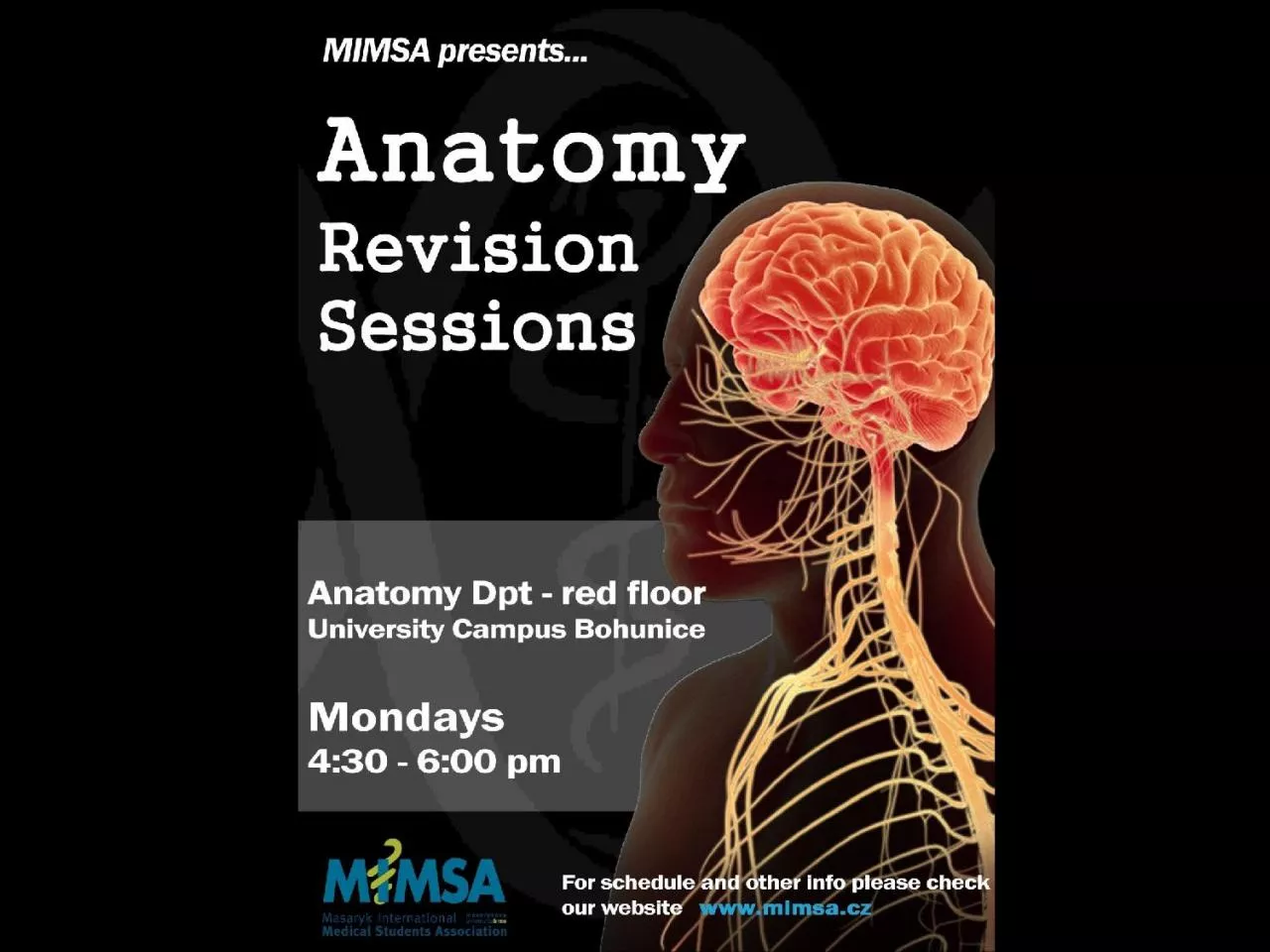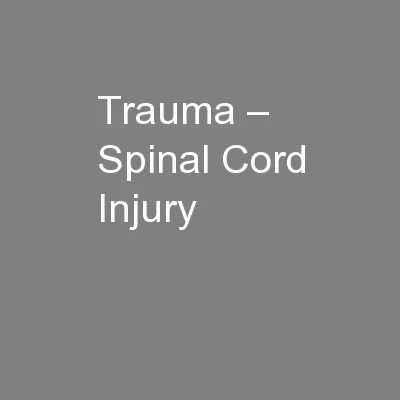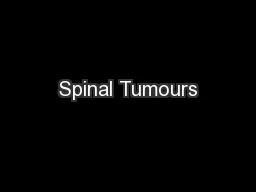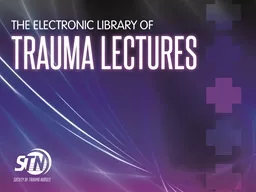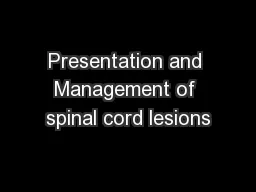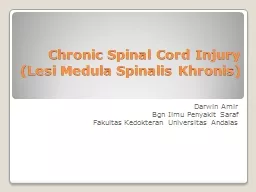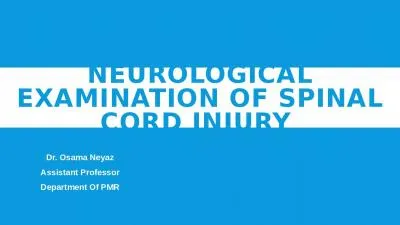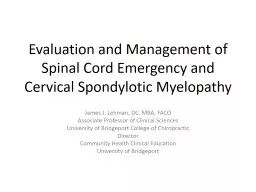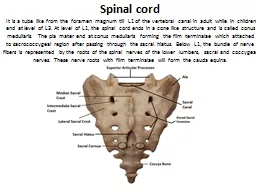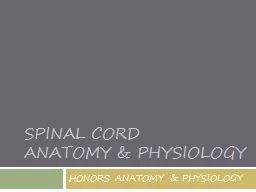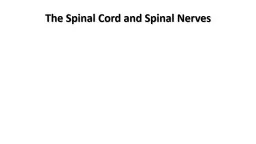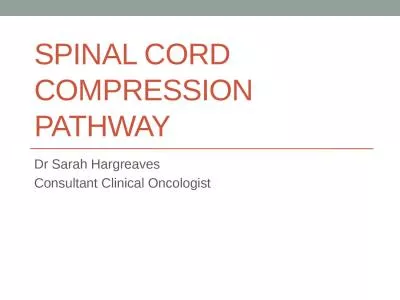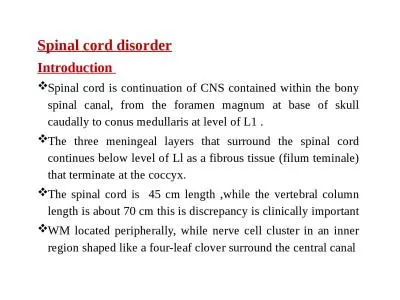PPT-Program of sessions: 7/10 - Spinal Cord
Author : daisy | Published Date : 2022-06-07
1410 Brainsteam and cerebellum 2110 Diencephalon 2810 Telencephalon 411 Blood Supply Meninges and Cerebrospinal fluid 1111 Cranial nerves IIIVII IXXII
Presentation Embed Code
Download Presentation
Download Presentation The PPT/PDF document "Program of sessions: 7/10 - Spinal Cord" is the property of its rightful owner. Permission is granted to download and print the materials on this website for personal, non-commercial use only, and to display it on your personal computer provided you do not modify the materials and that you retain all copyright notices contained in the materials. By downloading content from our website, you accept the terms of this agreement.
Program of sessions: 7/10 - Spinal Cord: Transcript
Download Rules Of Document
"Program of sessions: 7/10 - Spinal Cord"The content belongs to its owner. You may download and print it for personal use, without modification, and keep all copyright notices. By downloading, you agree to these terms.
Related Documents

